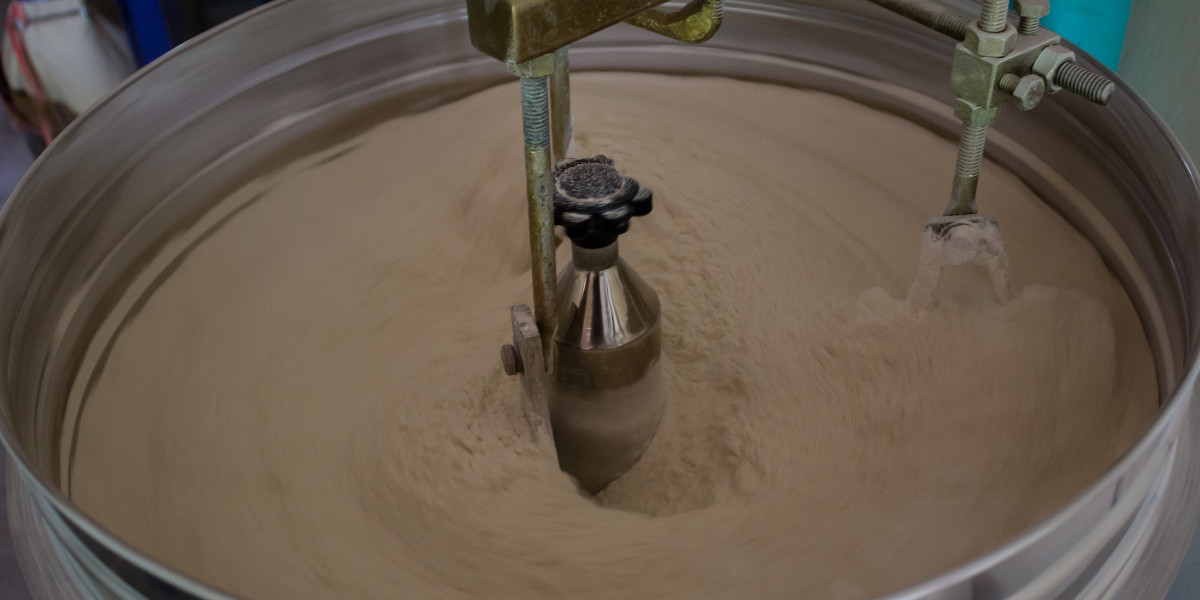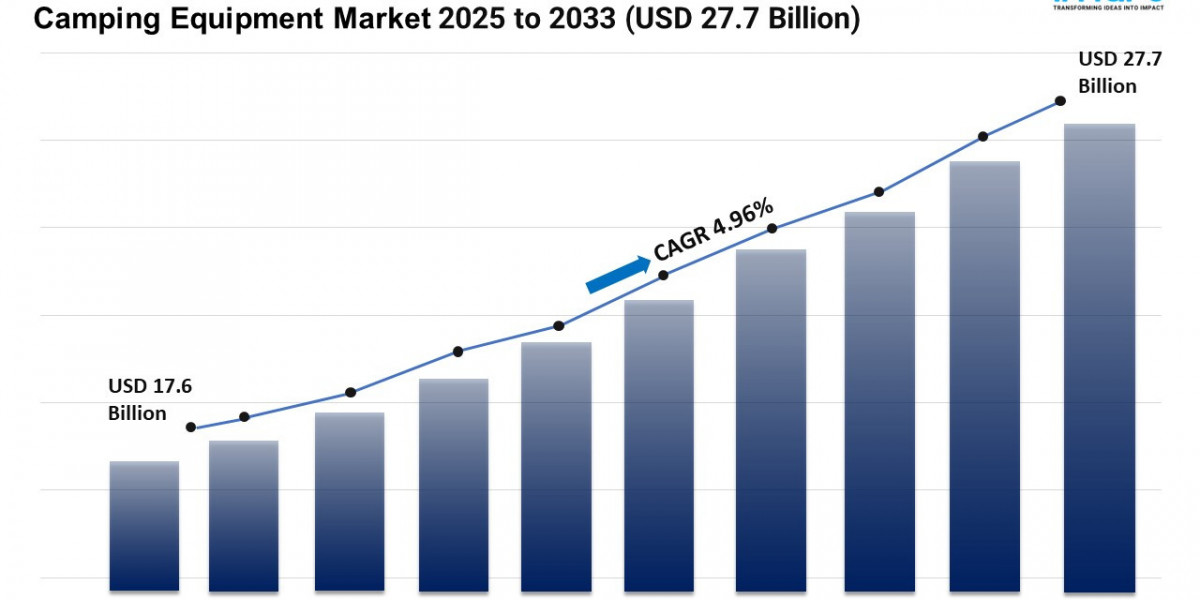The food processing industry relies heavily on efficient, precise, and hygienic equipment to meet increasing demands for quality and safety. Among these essential tools, the Powder Mixing Machine has emerged as a cornerstone for achieving consistent blending, uniform particle distribution, and optimal product texture. As food manufacturers continue to innovate, modern mixing systems are becoming more sophisticated, delivering faster output, reduced energy usage, and superior control.
Why Powder Mixing Is a Critical Step in Food Processing
Many food products depend on accurate powder-to-powder and powder-to-liquid blending. Products like instant mixes, spices, bakery premixes, nutritional supplements, and beverage powders all require precise mixing to ensure flavor consistency and consumer satisfaction. Even slight deviations can affect color, taste, shelf life, and texture.
A high quality Powder Mixing Machine ensures:
Even distribution of ingredients
Controlled particle size blending
Reduced product buildup
Minimal contamination
Faster batch processing
These advantages make it a core investment for food manufacturers focusing on reliability and efficiency.
Types of Powder Mixing Machines Used in Food Manufacturing
Modern facilities use different types of mixers based on ingredient properties, batch sizes, and process requirements. Some of the most widely used systems include:
Ribbon Blenders
Best for dry powders and bulk mixing. Their helical ribbons move ingredients in opposite directions, enabling uniform blending in shorter durations.
Conical Screw Mixers
Ideal for fragile or heat sensitive food ingredients. They ensure gentle mixing without breaking particle structure.
Double Cone Mixers
Preferred for delicate granular products. They rotate the entire vessel to blend powders without shear force.
High Shear Mixers
Used for applications where strong mechanical action is required. Perfect for emulsions, dough bases, and thick food mixtures.
Fluidized Zone Mixers
Used for ultra fast blending in high volume industries. They suspend particles in air streams to create uniform mixing in seconds.
Each type of Powder Mixing Machine supports different food processing needs, making it essential to identify the correct system for the intended product.
Key Features to Look for in a Modern Powder Mixing Machine
Food industries face strict hygiene standards and efficiency demands. When selecting a machine, manufacturers look at features that optimize workflow and ensure food safety.
1. Hygienic Design
Machines should be built with smooth internal surfaces, stainless steel construction, and easy cleaning mechanisms to comply with food safety norms.
2. Consistent Mixing Performance
Advanced machines offer controlled speed, accurate batch timing, and minimal residue formation.
3. Automation and Digital Monitoring
Modern food manufacturing depends on automation. Smart mixers monitor temperature, speed, and ingredient ratios to eliminate human error and maintain batch consistency.
4. Energy Efficiency
Companies aim to reduce operational costs. New generation mixers use less power while delivering higher output.
5. Customizable Capacity
Food companies range from small units to large corporates. Machines must be scalable for different batch sizes.
A Powder Mixing Machine that meets these features helps ensure predictable performance, lower downtime, and high quality outputs.
How Powder Mixing Machines Support the Food Industry
The rise of packaged food and convenience products has created a need for faster and more accurate mixing solutions. Powder mixers contribute to:
Enhanced Product Quality
Uniform blending enhances taste, texture, and visual appeal.
Improved Production Speed
Automated mixing reduces manual effort and accelerates batch processing.
Higher Safety and Compliance
Machines built with food grade materials ensure contamination free production.
Reduced Waste
Advanced designs minimize powder retention, improving yield and reducing loss.
Food companies rely on powder mixing technology to meet consumer expectations and regulatory guidelines.
Applications of Powder Mixing in the Food Sector
Powder mixing finds its place in various processing segments, including:
Spice and masala preparation
Bakery products and flour mixes
Nutritional supplements
Instant food blends
Beverage premixes
Seasonings and flavor formulations
Dairy and protein powders
Each application requires precision and uniformity, which is achieved with a high performance Powder Mixing Machine.
Choosing the Right Powder Mixing Machine for Your Process
Selecting the right mixer involves understanding ingredient properties such as moisture content, density, particle size, and sensitivity to heat or shear force. It also requires evaluating production goals like output volume, batch frequency, and automation requirements.
Important considerations include:
Batch versus continuous mixing
Level of automation
Maintenance requirements
Safety features
Integration with upstream and downstream equipment
By carefully evaluating these parameters, food manufacturers can select the ideal Powder Mixing Machine that aligns with their production workflow.
The Future of Powder Mixing Technology
Food processing is evolving with the rise of ready to eat foods, health supplements, and high nutrition powders. Future mixers will likely incorporate:
Intelligent automation
Real time quality tracking
Zero contamination designs
Energy optimized motors
Predictive maintenance systems
As these advancements unfold, Powder Mixing Machine technology will continue to support larger volumes, higher precision, and strict hygiene protocols.
Conclusion
A Powder Mixing Machine plays an essential role in ensuring high quality food products through consistent blending, automated control, and hygienic design. From spices to bakery mixes, its applications are diverse and indispensable. With rising demand for packaged foods, the role of efficient and advanced mixing systems will only grow stronger.








